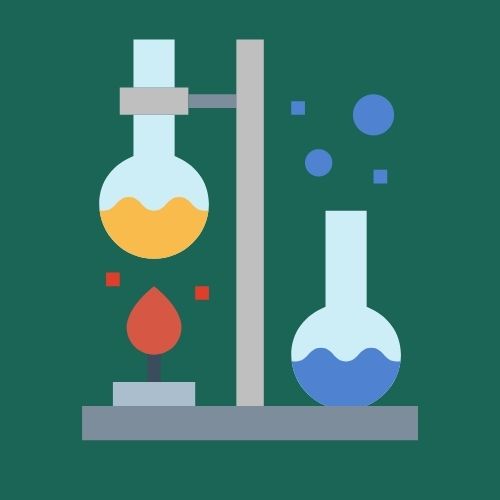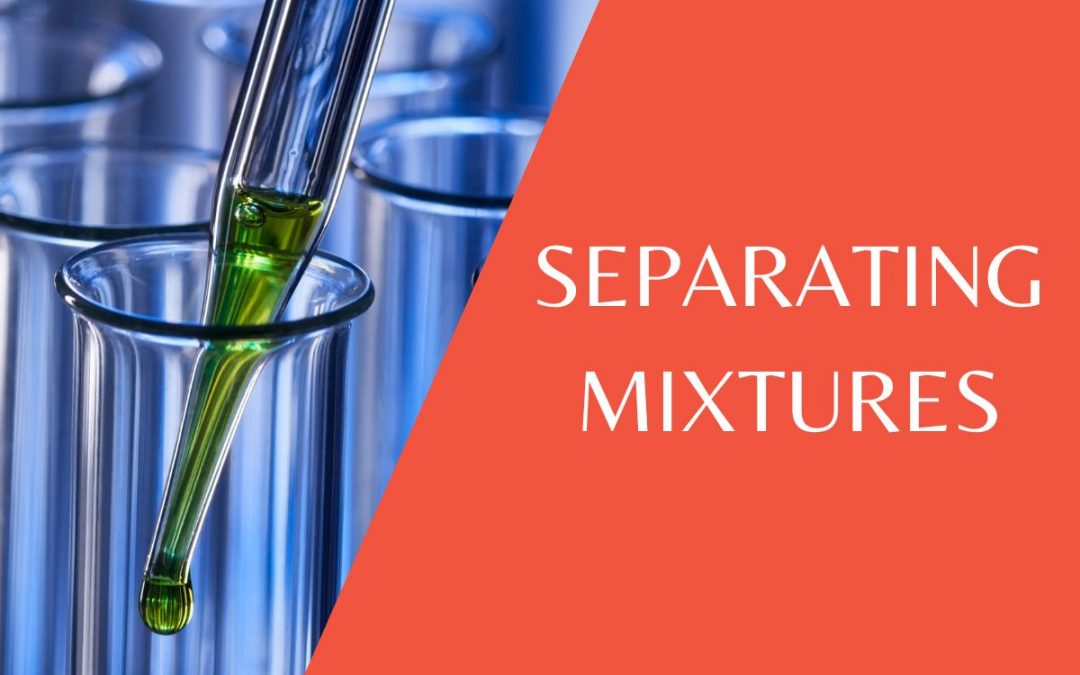In Key Stage 3 Science, there are several methods that can be used to separate mixtures. The choice of method depends on the type of mixture and the properties of the substances.
Here are the methods for separating mixtures we think you should know:
Filtration: This method is used to separate a solid from a liquid. Filter paper is placed in a filter funnel and will trap the solid particles while allowing the liquid to pass through. This method will only trap insoluble solids.
Evaporation: This method is used to separate a solid from a liquid by evaporating the liquid to leave the solid behind. This is useful when the solid has a higher boiling point than the liquid. You will use this when extracting pure salt from rock salt.
Distillation: This method is used to separate a mixture of liquids with different boiling points. The mixture is heated until the liquid with the lowest boiling point evaporates first. The vapour is then cooled and condensed to collect the liquid. You may have seen this as a demonstration with inky water.
Chromatography: This method is used to separate different components of a mixture based on their different solubilities in a solvent. The mixture is dissolved in a solvent and then separated by passing it through a special paper or column that separates the components based on their solubility. We use this method to show the different dyes that make up a specific ink. It can be done using filter paper and water as a solvent
Magnetic separation: This method is used to separate magnetic materials from non-magnetic materials. A magnet is used to attract the magnetic particles, leaving the non-magnetic particles behind. We discuss the use of magnets more in the physics topic of Magnetism.
Overall, there are many methods for separating mixtures in KS3 Science, and the choice of method depends on the type of mixture and the properties of its components. You may be asked to give examples and also select the correct technique to separate a named mixture

